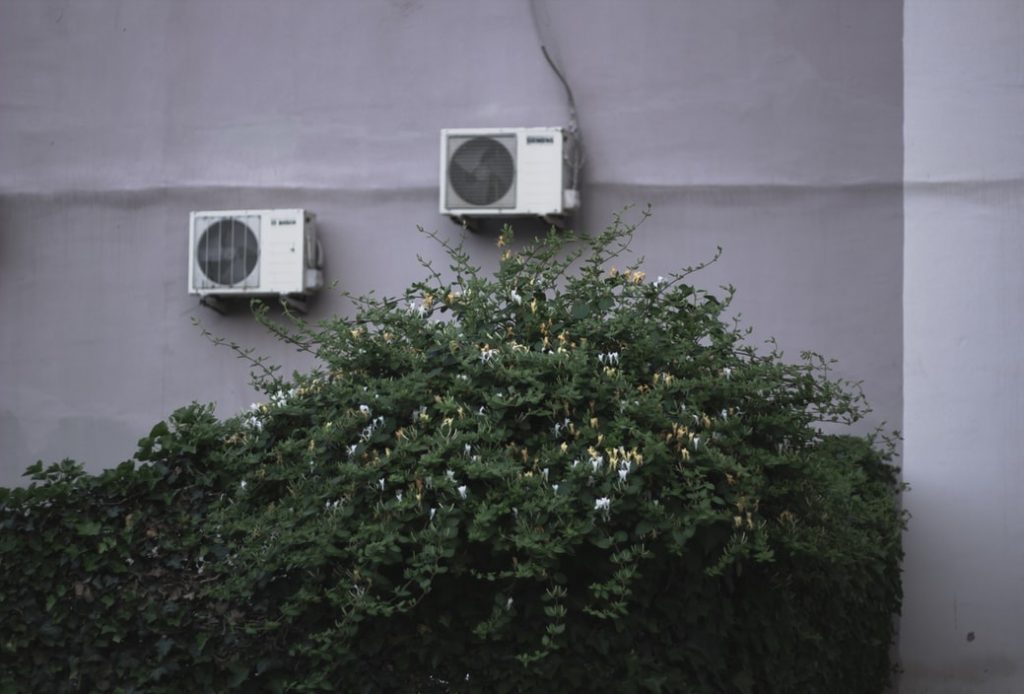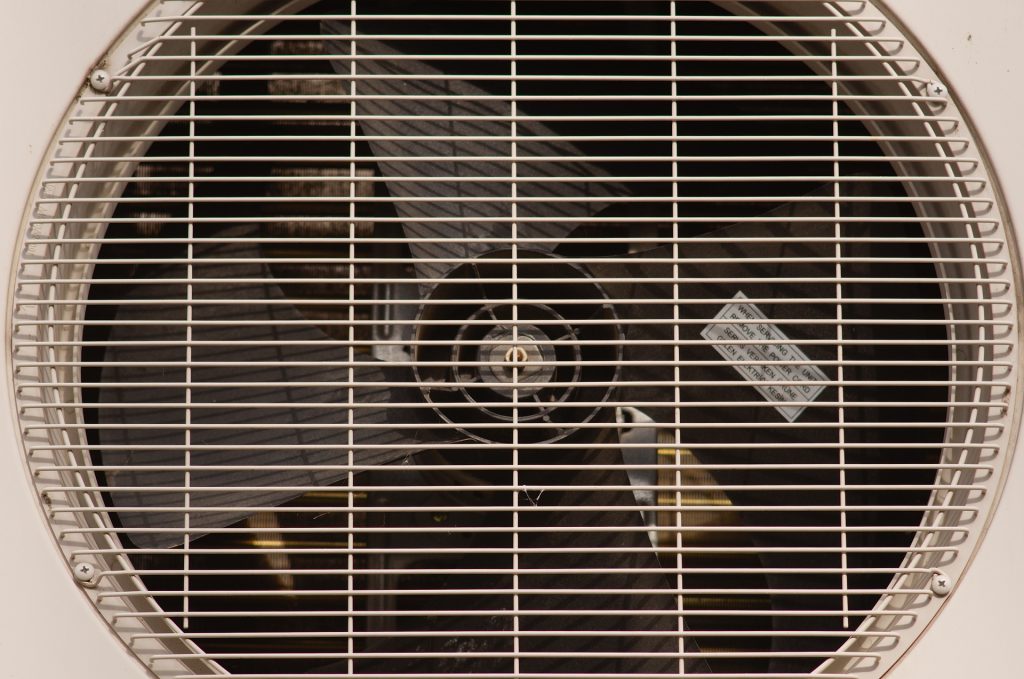During the scorching heat of summer or in the dead of winter, this machine keeps your home temperatures moderate. After a long day in these extreme conditions, going back to a comfortable air-conditioned house is the best feeling. But have you ever sat down and thought of what the HVAC system entails or how it works?
Well, if you are to continue enjoying this comfort, understanding your home’s heating and cooling system is crucial. This will help you significantly when it comes to the proper maintenance of the system. As you know, a well-maintained HVAC system means more effectiveness and efficiency, which translates to more comfort in your house.
So, what are the main parts of an HVAC system that you need to know? In this comprehensive guide, we’ll explore all the key parts of an HVAC system and see how each contributes to that comfortable environment.
Main Parts of HVAC System
For your HVAC to offer the much needed indoor thermal comfort, here are the essential components involved:
- Main Unit
The main unit of an HVAC system includes the air conditioner, heat pump, or furnace. These are the parts where the heating and cooling of your house takes place. However, they do so with the help of other internal and external mechanics.
In most traditional HVAC systems, the main unit is usually the furnace or the air conditioner. But, in modern devices, a heat pump is what does all the work. It works to either heat or cool the air getting into your house. The heat pump works both as the furnace and the air conditioner.
Recently, the use of ductless HVAC systems has also become quite popular. Here, the system is attached to a wall, from where it blows either cold or warm air to the house directly. This means that it doesn’t need to have air ducts or vents.
- Heat Exchanger
Within the furnace or heater, there is the heat exchanger component. This is among the essential part of the furnace, as it’s the one that heats the air getting into your house.
Essentially, the furnace pulls in cold outdoor air while the heat exchanger heats and blows the warm air into your house. These parts work together to offer warmer conditions in your house. And, depending on the type of furnace, the heat exchanger can be powered either by gas burners or electric coils.
One crucial thing to note is that every furnace, whether electric or not, contains a heat exchanger. The component is made from sturdy stainless steel, combined with thermal-resistant alloys that prevent cracks or damages. Some systems also contain a special duct that allows cool air to the heat exchanger for speedy comfort within the house.
Understanding how this important part works will help you know when there is a problem or when not functioning properly. It’s crucial to note that a problem or damage to the heat exchanger can lead to serious issues like carbon monoxide leaks.
If not checked, carbon monoxide poisoning may occur, which is dangerous and can cause, nausea, headaches, and even death.
- Thermostat
Among the various parts of your HVAC system, a thermostat is one of the most visible ones inside the house. Set on a visible and easily accessible wall, a thermostat controls or regulates the temperature levels in the house. They sense temperature variations in your house thus, deciding the best time to turn on or off your heater or conditioner.
If you want to lower or increase the temperatures a bit in the house, the thermostat helps you with that. This is an important part of your HVAC system as it enables you to set the ideal temperatures as you desire. It can be pre-programmed to automatically keep a certain temperature level or set manually to offer the ideal conditions.
Programmed thermostats help you to save both time and money, as it follows your set routine. This way, when you are not indoors, the HVAC doesn’t overwork without a purpose.
There is usually more than one thermostat installed in different zones in some HVAC systems, such as the zoned ones. This way, different family members can easily set their ideal temperatures in different rooms.
While you can access some systems remotely, you can also pre-program your system to adjust to your desired temperature, some minutes before you get home. This will ensure that you find an already serene environment to help you relax.
- Combustion Chambers
This is the source of heat that is distributed to your house by the HVAC system. In the combustion chamber, the furnace supplies air (oxygen) to the fuel to improve combustion. The burning starts when oxygen and other gas mixtures enter the chamber/burner.
Here, a pilot light or glow stick turns on, igniting this mixture that burns as a controlled fire. The glow sticks are the modern, automatic ignition devices that ignite the fire. On the other hand, the pilot lights are manual lighters, which must be relit once they go off.
The heat produced in the combustion chamber is absorbed by the heat exchanger, which in turn heat the air that goes to the house.
- Blower Motor
Every part of your HVAC system has a role to play to ensure your house remains comfy even during extreme weather conditions. A blower motor is another small but pretty important component of your home’s heating and cooling system. It works to ensure that the heated air gets into your house.
Once the heat exchanger warms the air to the desired temperatures, the blower motor powers the fan that blows that air into the ductwork. From here, the warm air can be distributed to the various rooms in your house based on your settings.
The blower motor stops spinning the fan after all the warm air is in the desired rooms. For this to happen, the motor stops working after combustion has stopped.
Variable-speed blower motors work at varying speeds to effectively control how much air flows around the house. The motors gain speed gradually, limiting the amount of noise and ensuring that your house is in ideal conditions before hitting top speed. The variable-speed motors are more effective in reducing humidity levels in your house during summer, as well as saving on energy.
- Condenser Coil
Also known as the compressor, this is one of those parts of a HVAC located outside the house. Its work is to lower your indoor temperatures by siphoning the hot air from your house and releasing it outdoors.
It achieves this by compressing and condensing refrigerant into a cold liquid from a warm gas. This happens simultaneously, with cold air being blown over the coil. The cold air cools the refrigerant while taking in the heat.
As the refrigerant turns into a liquid, the air around the coil heats up and is released to the outdoor environment.
Keeping off leaves, dirt, and debris from your condenser will help you prevent problems that might affect the entire system. Regular maintenance and cleaning are recommended.
- Evaporator Coil
Last on our list of parts of the HVAC system is the evaporator coil. Also known as the evaporator core, this is where the refrigerant or coolant absorbs heat from the air.
This important part of your HVAC system is located below the blower fan, near the air handler. And they are usually made from good heat-conducting metals such as aluminum and copper.
How does it work? When the air conditioner is turned on, the compressor draws liquid refrigerant into the evaporator coil. But before the liquid gets into the coil, it passes via the expansion valve, which relieves the pressure from the coolant, making it even colder.
As the coolant flows in the coil, hot air from the house is blown over it. The coolant absorbs the heat from the air and condenses the humidity in it as well. The condensed water vapor is then drained outdoors, an effect that helps to cool the air indoors.
[related_posts_by_tax posts_per_page="3" format="thumbnails" image_size="medium"]










